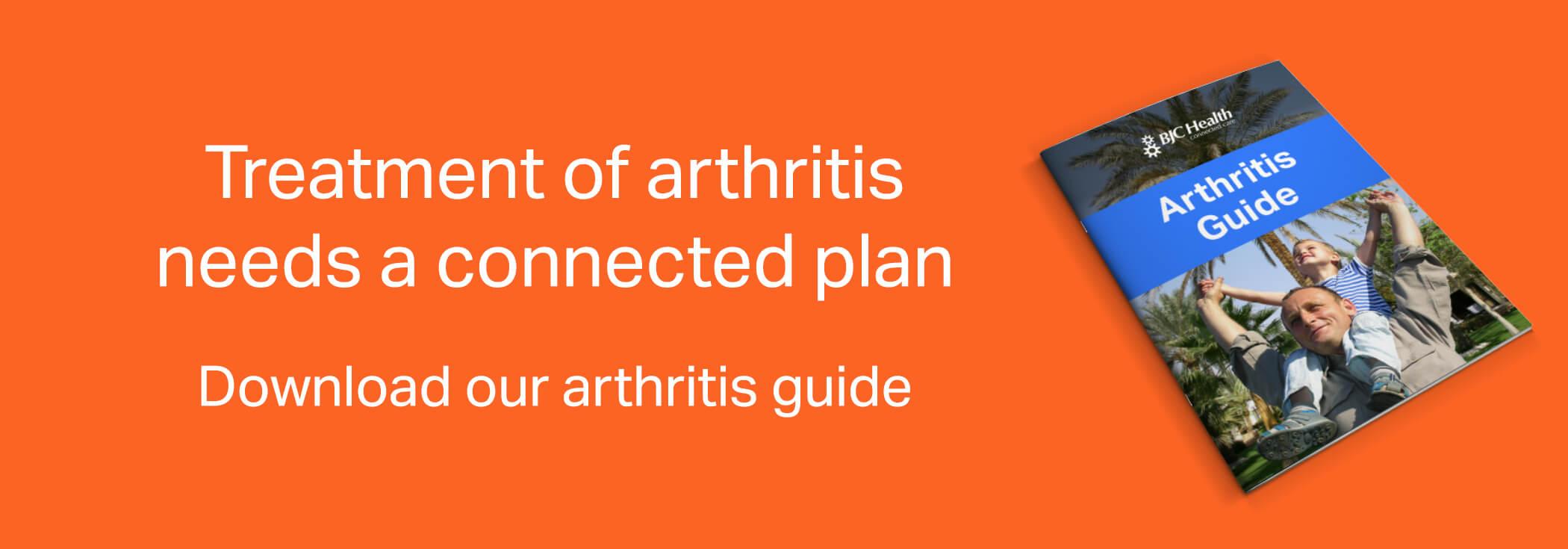Revolving Door: Safety of Celecoxib vs NSAIDs

One issue that I find myself talking about often is my approach to using NSAIDs, particularly in Osteoarthritis as well as in the treatment of Spondyloarthropathies and so it is very timely that just this month the New England Journal of Medicine has published an article on the cardiovascular risk of NSAIDs.
I can hear you sigh ‘haven’t we already been through this?’, and I would join you in that lament. So what has this article brought to the table that placed it center stage at the recent American College of Rheumatology (ACR) Conference in Washington.
Firstly, I should note that the research was undertaken by Pfizer, the company responsible for Celebrex (a COX-2 specific inhibitor), upon a mandate given by the FDA due to previous research showing an increased risk of cardiovascular events from higher than usual doses of Celecoxib.
This trial has been given the acronym PRECISION, standing for Prospective Randomised Evaluation of Celecoxib Integrated Safety versus Ibuprofen or Naproxen.
To address concerns about the bias relating to the study sponsor, a multidisciplinary executive committee and an independent data and safety monitoring committee were formed to supervise the study.
PRECISION was a randomized, double blind, multicentre, non-inferiority trial involving patients at increased cardiovascular risk and who had Osteoarthritis or Rheumatoid arthritis.
The doses of NSAIDs used were inline with current clinical practice, where Celecoxib 100mg twice daily, Ibuprofen 600mg three times daily, or Naproxen 375mg twice daily were given. A Proton Pump inhibitor was given to all and aspirin was permitted.
Treating family physicians were encouraged to manage cardiovascular risk as per their current guidelines. A mammoth 24,000 patients were enrolled, with therefore about 8,000 people in each group.
By the end of the 10 years of data collection, 2.5% of the study population had died.
The primary outcome, which was death due to cardiovascular cause, occurred equally amongst the 3 groups.
Thereby resulting in the conclusion that Celecoxib is non-inferior to Ibuprofen and Naproxen in regards to cardiovascular risk of death.
In terms of the broader outcome of major adverse cardiovascular events, a secondary endpoint of the trial, there was no significant difference between the groups.
Perhaps not surprising, Celecoxib was associated with a lower risk of serious gastrointestinal events, despite the use of PPIs across the board.
However, interestingly the risk of renal events was significantly higher with Ibuprofen compared to both Celecoxib and Naproxen, and was associated with a significantly higher rate of hospitalization due to hypertension.
The effect on pain was only slightly better with Naproxen compared to the other two agents.
In the subgroup analysis, there was no interaction with the use of Aspirin. However, it appeared that those with Rheumatoid arthritis did have an increased risk of mortality compared to those with Osteoarthritis. Whilst there may be a plausible explanation for this finding we are reminded though to always interpret these subgroup analysis with caution.
My interpretation of this data is that it will change again the practice of prescribing NSAIDs, which is perhaps the reason for its prominent position at the recent ACR conference.
The reluctance to use these medications for fear of cardiovascular adverse events has been associated with a significant increase in the prescribing of opiates, which themselves present the risk of numerous potential complications.
This new data provides support for those who would rather prefer to use NSAIDs instead of prescribing an opiate. However, there is a very strong anti-NSAID lobby and so I wait with anticipation for their reaction to this potentially practice changing research.
I would be very interested in your views on the topic. Will it change your opinion and/or practice? Or do you remain skeptical and therefore choose to wait for further data to arrive?
Reference: Nissen et al. Cardiovascular Safety of Celecoxib, Naproxen, or Ibuprofen for Arthritis. NEJM 2016; epub DOI: 10. 1056/NEJMoa1611593


